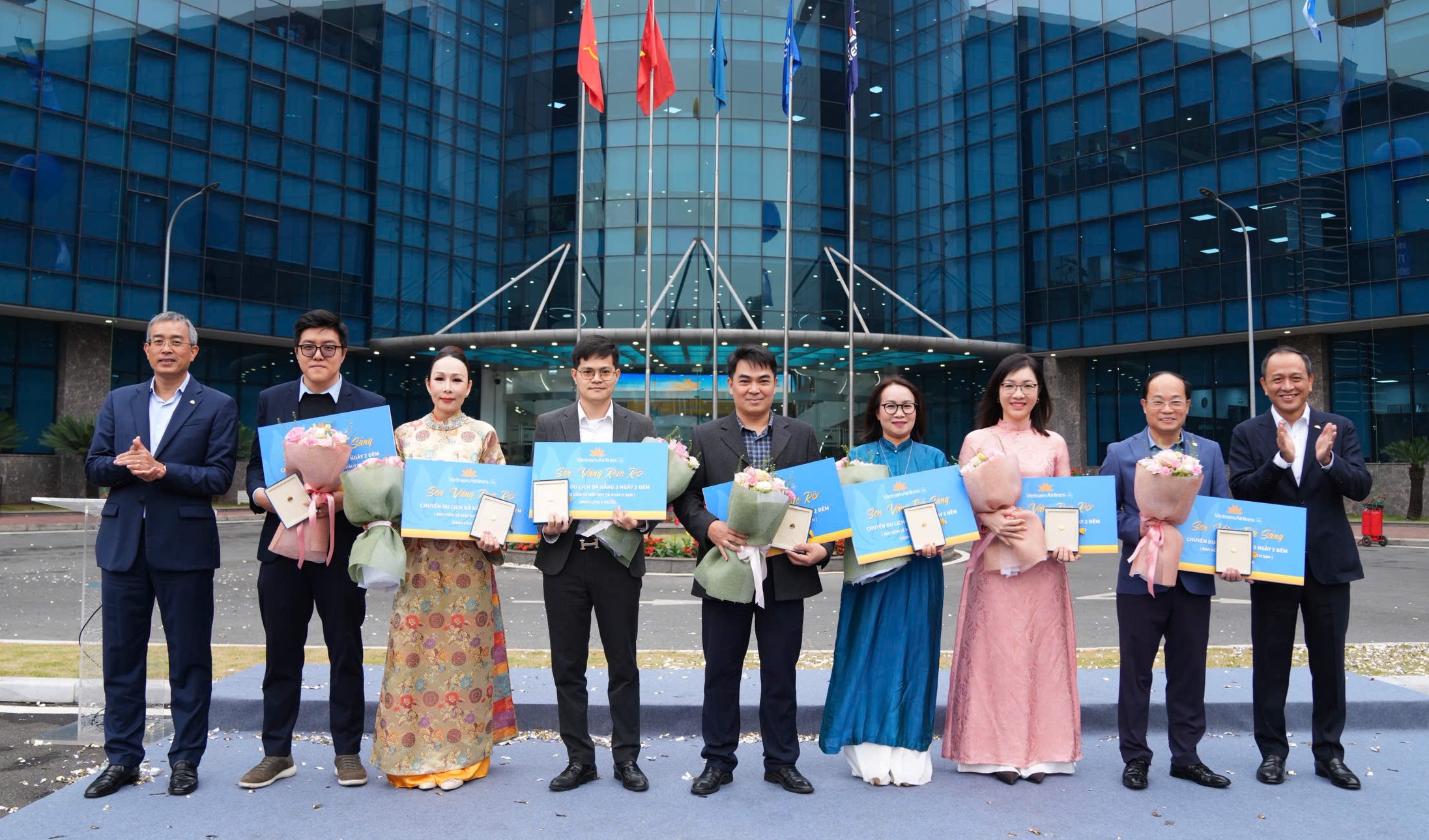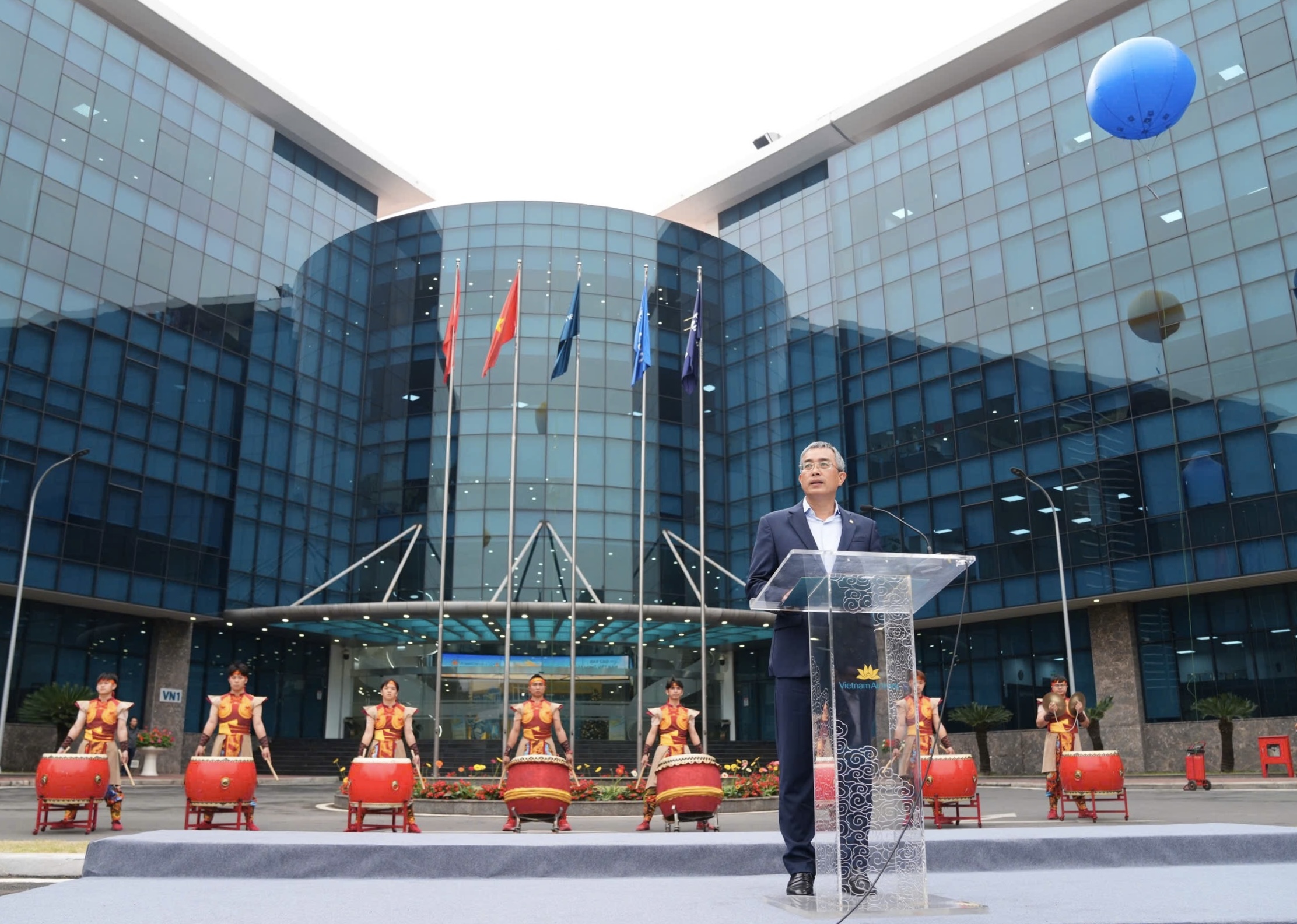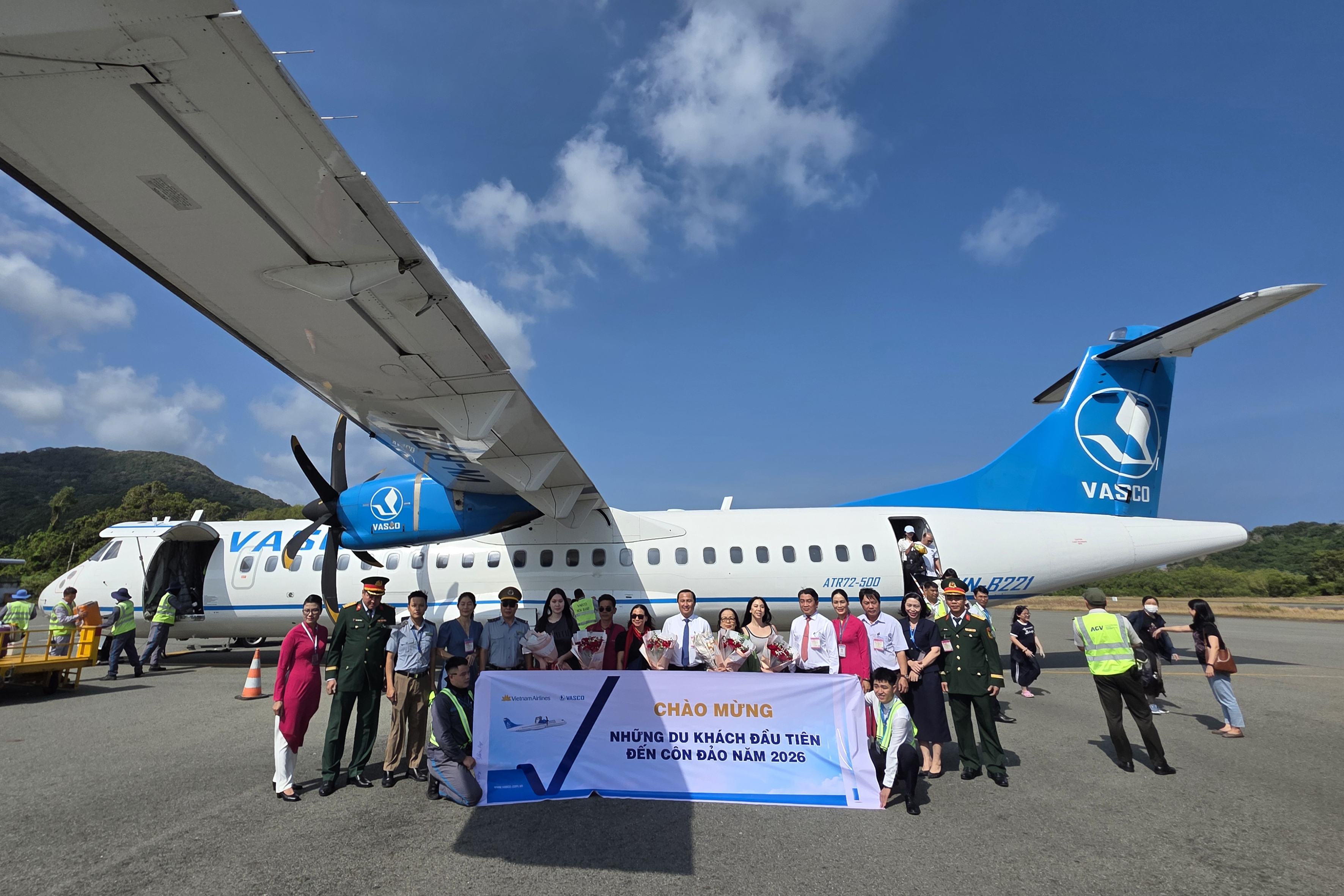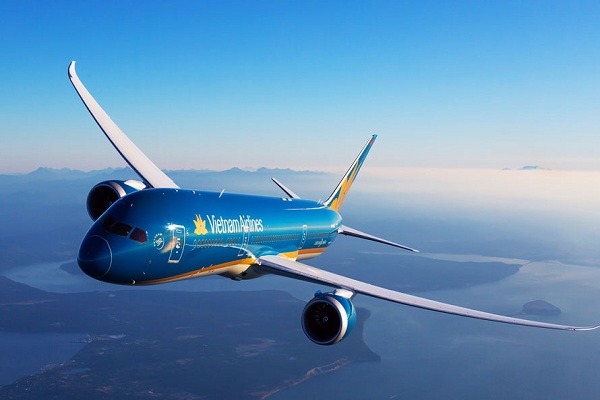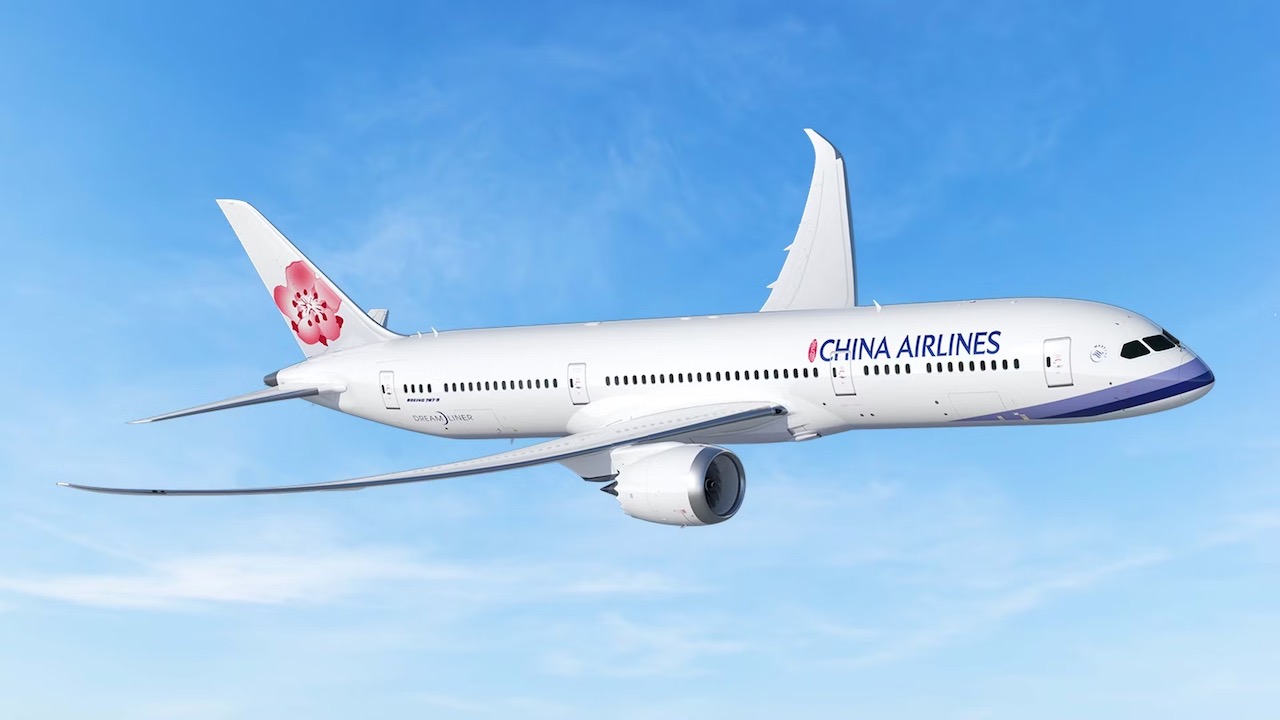
China Airlines had previously decided on the purchase of 16 Boeing 787-9 passenger aircraft fitted with the General Electric GEnx engine back in August 2022 with deliveries to commence in 2025. The firm ordered eight additional aircraft, bringing the total size of the 787 fleet to 24 aircraft all to be delivered by 2028. The orders may also be converted to the higher capacity 787-10 model if necessary.
China Airlines had previously introduced brand new fleets of the 777-300ER, A350-900 and A321neo and 787 aircraft. The next-generation fleets have been dispatched on long-haul, medium-haul and short-haul regional routes to boost the airline’s competitiveness. The airline is also in the midst of an aggressive fleet revitalisation program aimed at improving operational efficiency and traveler service.
The Boeing 787-9 passenger aircraft is the aircraft maker’s next-generation flagship product. It offers distinct advantages in terms of aircraft design, operational performance, and product penetration. The China Airlines 787-9 passenger aircraft will be configured for three cabin classes, namely Premium Business, Premium Economy, and Economy. The advanced cabin product design combined with the more comfortable cabin pressure and humidity of the 787 will provide travelers with a whole new experience. The 787-9 aircraft boasts exceptional cargo capacity as well. Up to 36 containers can be loaded into the belly hold giving a major boost to China Airlines’ cargo capacity.
The fuselage of the 787-9 passenger aircraft incorporates next-generational composites and metal alloys. Outstanding fuel efficiency means 20 percent lower fuel consumption and carbon emissions compared to the previous generation of passenger aircraft. Aircraft noise footprint is also reduced by up to 60 percent to lessen environmental impact. China Airlines will continue to employ the Sustainable Aviation Fuel policy, previously implemented for the new A350 and A321neo aircraft ferry flights to Taiwan, to conserve energy, cut carbon emissions, and realise the goal of Net Zero by 2050.
Cre: Asian Aviation


